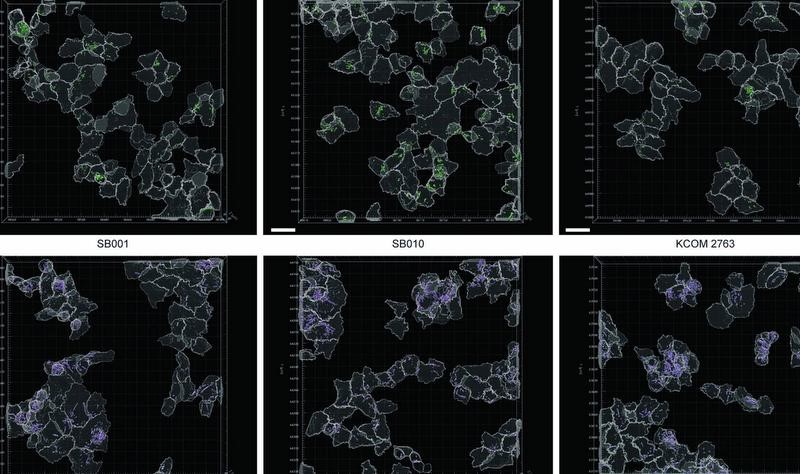Free Courses Sale ends Soon, Get It Now


Free Courses Sale ends Soon, Get It Now



Source: Hindu
Disclaimer: Copyright infringement not intended.
Context
Details
Genetic Variants and CRC Association
Fusobacterium nucleatum
Taxonomy:
Metabolism:
Role in Oral Health:
Periodontal Diseases:
Endodontic Infections:
Association with Systemic Diseases:
Colorectal Cancer:
Adverse Pregnancy Outcomes:
Diagnosis and Treatment:
Sources:
|
PRACTICE QUESTION Q. Discuss the significance of pathogens in human health, highlighting their role in disease transmission, host-pathogen interactions, and the challenges they pose to public health systems. Provide examples of notable pathogens and strategies employed for their control and management. (250 words) |
© 2024 iasgyan. All right reserved